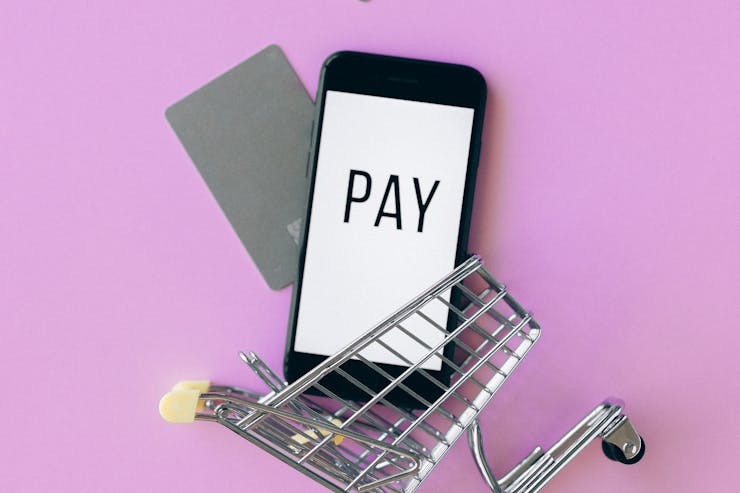
Julian Drago
September 12, 2025

In the last decade, digital payments have shifted from being an option to becoming an essential part of daily life. Shopping online, splitting a restaurant bill, or even paying rent are now tasks many people handle directly from their mobile phones. In the United States, one of the most popular tools for this type of transaction is Venmo, an app that not only makes sending and receiving money easy but also adds a social component that sets it apart from other payment systems.
Understanding how Venmo works is important if you plan to travel, live, or start a business in the U.S., since millions of people use it daily and many businesses already accept it as a form of payment.
Venmo is a mobile payment app launched in 2009 and acquired by PayPal in 2014. Unlike traditional bank transfers, its main appeal lies in the speed and simplicity of moving money between people—along with its social nature.
Each Venmo payment can include a message, emojis, or comments, which are displayed in a feed similar to a social network. This feature has turned the app into a cultural phenomenon, especially among younger users, who use it not only for finances but also to share everyday moments.
In short, Venmo combines three elements:

Venmo’s process is simple and accessible:
Venmo has become one of the most widely used apps in the U.S. thanks to benefits such as:
Despite its strengths, Venmo also has restrictions:
Originally designed for peer-to-peer transfers, Venmo is now part of the business world. Many small businesses and merchants accept Venmo, particularly those targeting younger customers who prefer digital payments over cash.
Additionally, PayPal has integrated Venmo into its network, enabling online stores to offer it as a checkout option. This shift has made Venmo more than a bill-splitting tool—it’s now an ecosystem with its own cards, merchant benefits, and e-commerce presence.

Venmo uses encryption and protection measures, but its social aspect can lead users to overshare information. For safer use, it’s recommended to:
Beyond finance, Venmo has become a cultural symbol in the U.S. The phrase “I’ll Venmo you” is part of everyday language, especially among students and young professionals.
The social feed—payments with emojis and jokes—makes it feel more friendly and fun than a standard bank transfer. This feature has helped Venmo stand out from competitors like Zelle or Cash App.
Can I use Venmo outside the U.S.?
No, it only works with U.S. accounts and phone numbers.
Does Venmo charge fees?
It depends. Transfers from Venmo balance, bank accounts, or debit cards are free. Credit card payments incur a 3% fee.
Are transactions private?
Not by default. Many appear publicly or to friends, but privacy settings can be changed.
Is Venmo safe for businesses?
Yes, but with caution. Best used with regular clients or official channels—not with strangers.
What’s the difference between Venmo and PayPal?
Venmo focuses on quick, social payments between people, while PayPal is geared toward business transactions and international purchases.
For foreign entrepreneurs looking to operate in the U.S., understanding payment systems like Venmo is crucial. Not only does it simplify customer interactions, but it also reflects the digitalization of the U.S. financial system.
Running a company in the U.S. means adapting to these tools, knowing their pros and cons, and selecting the right ones for your business model.
Understanding apps like Venmo is just one part of adapting to the U.S. business environment. If your goal is to open or expand a company in the U.S., you must also meet all the legal, tax, and administrative requirements.
At Openbiz, we guide you through company formation, accounting, and tax management so you can operate securely and professionally.
Contact us today and build your business in the U.S. with the support of expert advisors.
